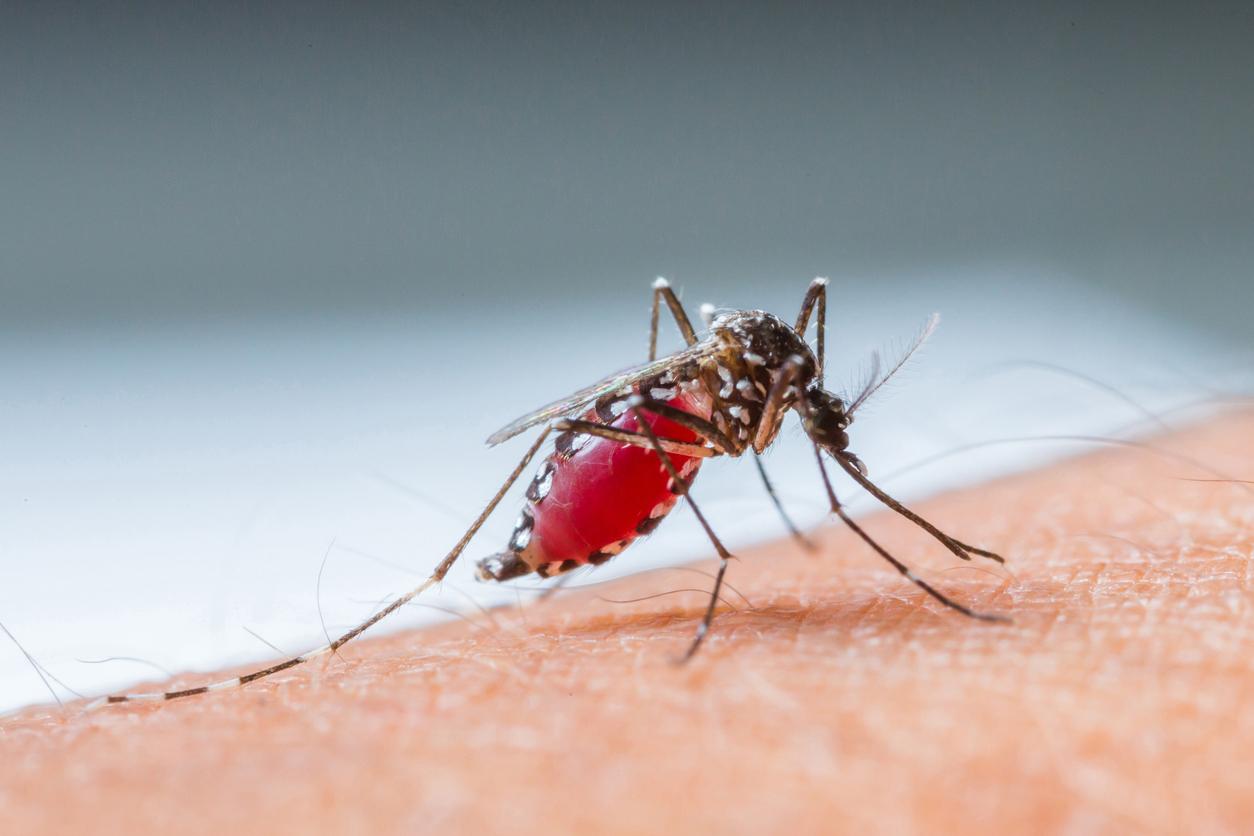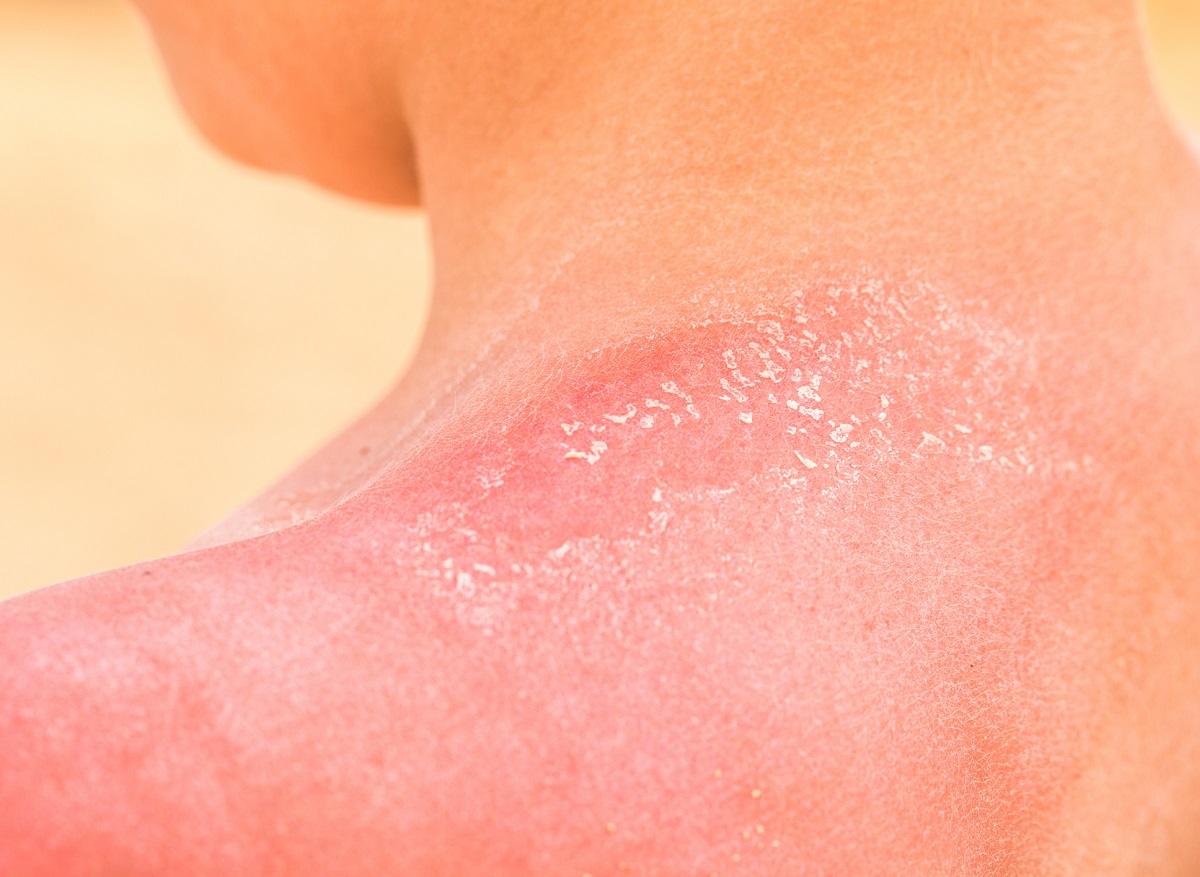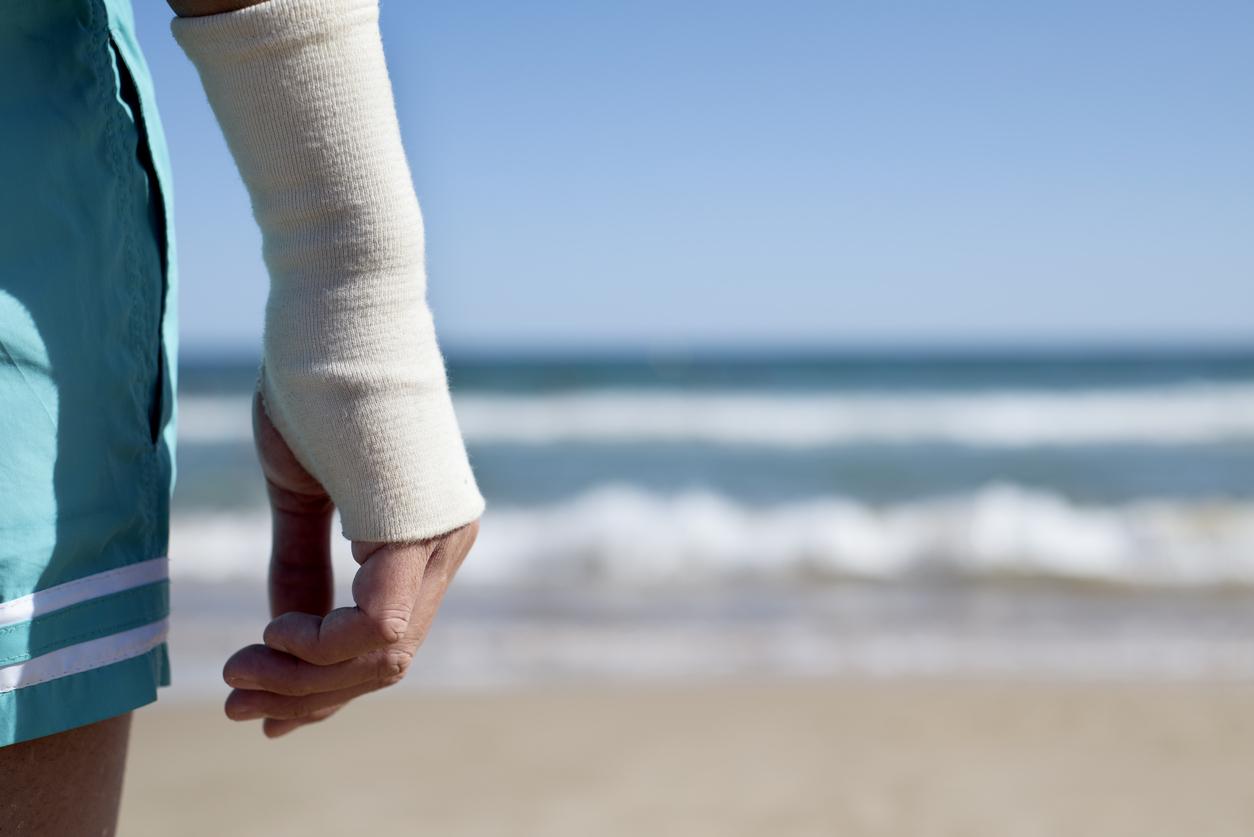A meta-analysis puts an end to the debate: to relieve after a jellyfish sting, it is indeed hot that must be applied, and not cold!

Cold, hot, vinegar, urine… To each his own method, to each his grandmother’s tip, more or less effective in combating jellyfish stings. In the midst of the first (and fresh!) Spring break swims, a meta-analysis from the University of Hawaii (United States), published in the newspaper Toxins, puts an end to the hot-cold war to relieve the burning sensation. Their verdict is final: we need hot!
To reach this conclusion, the researchers brought together the results of 2,000 studies published in various scientific publications. “Aware of the heated debate over the use of hot water, I was amazed to note that the science was so clear on the subject,” said Dr. Christie Wilcox, lead author of the study.
“People think that applying ice can help because jellyfish stings burn,” she continues. Searching Google, many sites – even considered serious – provide this advice to reduce pain. There is, however, no doubt. A dozen scientific articles also show that venoms from marine beings are inactivated by heat, between 40 and 50 ° C.
Heat and sand
The recommendations in the event of a bite would therefore be as follows: to eliminate the jellyfish filaments – the irritating part of the animal – small survival techniques are valid. Without tweezers available, it is possible to put a little sand on the affected area to trap the last hanging filaments, then to remove it delicately with a piece of cardboard (on vacation, you always have a postcard with you !).
Once the filaments have been removed, it is then sufficient to rinse for a long time with very hot water (45-50 ° C), as soon as possible, then to disinfect. In any case, no need to insist on urinating (or being urinated) on the wound. The heat is not enough, and it increases the risk of infections.

.

















